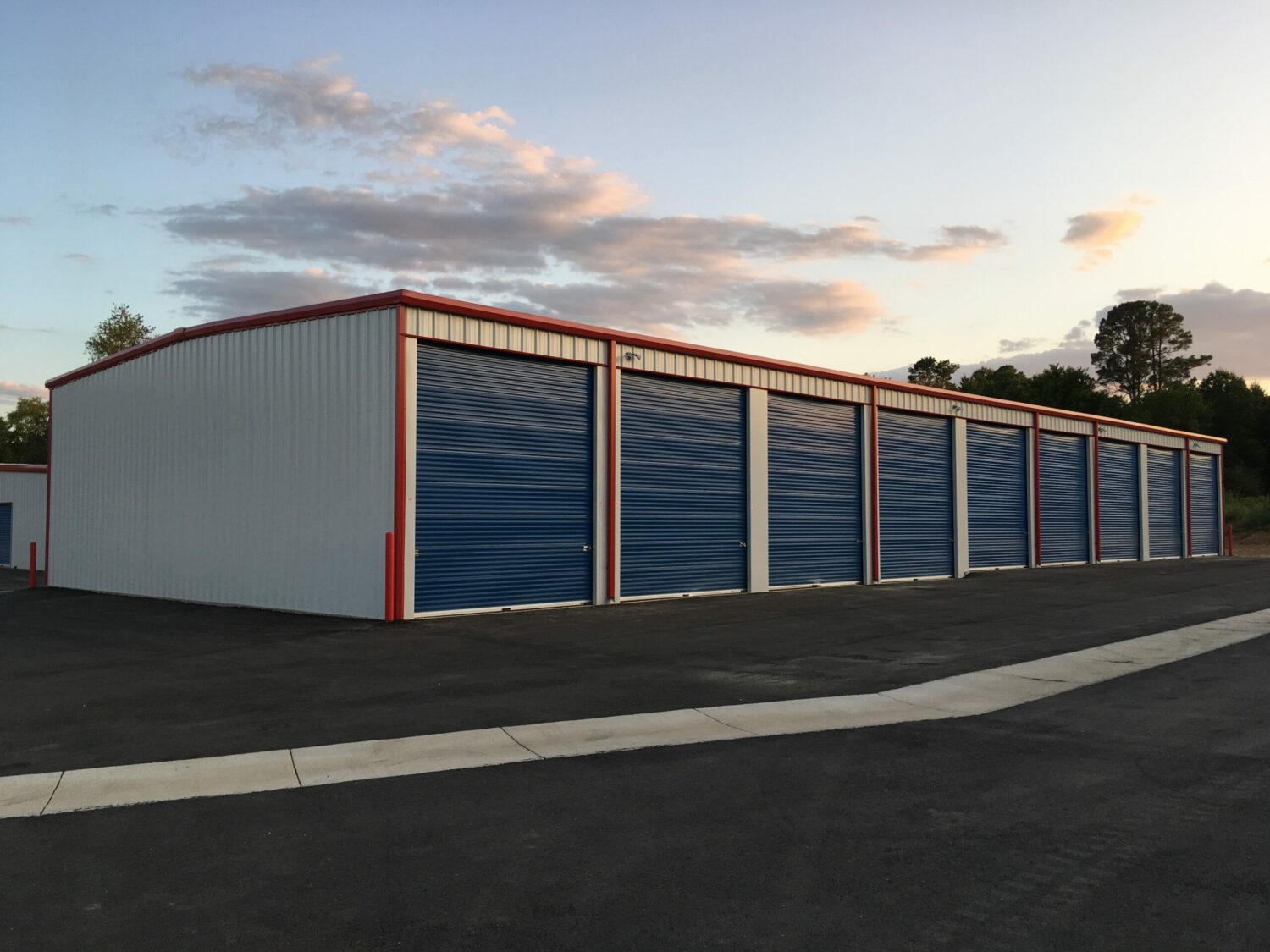When it comes to storing your belongings, you may find yourself debating between self-storage and full-service storage options. Each option offers distinct advantages and caters to different needs. Understanding the differences between self-storage and full-term storage can help you make an informed decision and find the storage solution that best suits your needs. In this blog post, we will compare self-storage and full-term storage, allowing you to assess the pros and cons of each and make the right choice for your storage needs.
Tips for Properly Storing Electronics in Storage
1. Clean and Prepare Your Electronics:
Before placing your electronics in storage, it is essential to clean them thoroughly. Dust and dirt can accumulate over time and affect the internal components, leading to performance issues. Use a soft cloth to wipe the surfaces, and consider using compressed air to remove any debris from crevices or keyboard keys. Ensure that all devices are powered off and disconnected from any power source before cleaning them.
2. Use Original Packaging or Proper Packing Materials:
Whenever possible, use the original packaging to store your electronics. The manufacturer’s packaging is designed to provide the best protection during transportation and storage. If you no longer have the original packaging, invest in high-quality packing materials, such as anti-static bubble wrap, foam padding, and sturdy boxes. These materials will help safeguard your electronics from shocks, impacts, and static electricity.
3. Label and Organize:
Maintaining proper organization is crucial when storing electronics. As you pack your devices, label each box with its contents and include a fragile or “electronics” label. This will help you locate specific items quickly and handle the boxes with care during moving or retrieving them from storage. Consider creating an inventory list that includes the make, model, and serial numbers of your electronics for future reference.

4. Backup Your Data:
One of the most crucial aspects of storing electronics is preserving the data they hold. Make sure to back up all your important files, photos, and documents before storing your devices. Create multiple backups using external hard drives, cloud storage, or other secure options. This way, even if something were to happen to your electronics in storage, your valuable data will remain safe and accessible.
5. Store Electronics Upright:
Storing electronics upright is generally recommended to prevent unnecessary stress on internal components. If possible, keep larger items, such as televisions, monitors, and desktop computers, in an upright position. Smaller devices like laptops and gaming consoles can be stored in their original case or boxes, which often provide appropriate support.
6. Climate Control:
Extreme temperatures and humidity can cause severe damage to electronics. When choosing a storage unit for your devices, opt for one that offers climate control. This feature ensures that the temperature and humidity levels remain stable, protecting your electronics from potential harm. If climate control is not available, use moisture-absorbing products, such as silica gel packets, inside the storage boxes to minimize moisture damage.
Contact USA Self Storage Today
Properly storing electronics in a storage unit is essential to protect your valuable devices and ensure their longevity. By following these tips, you can maintain functionality and extend the lifespan of your electronics. Remember, taking the necessary precautions now will save you from potential headaches and costly repairs in the future.
Are you looking for a place to store your electronics? Locally owned and family managed, USA Self Storage is the perfect solution for you! We have locations all over central Arkansas and video surveillance to keep your belongings safe. Here at USA Self Storage, our contracts are flexible, meaning you can pay month-to-month. Contact us at 501-701-0707 to get your storage unit set up today!
